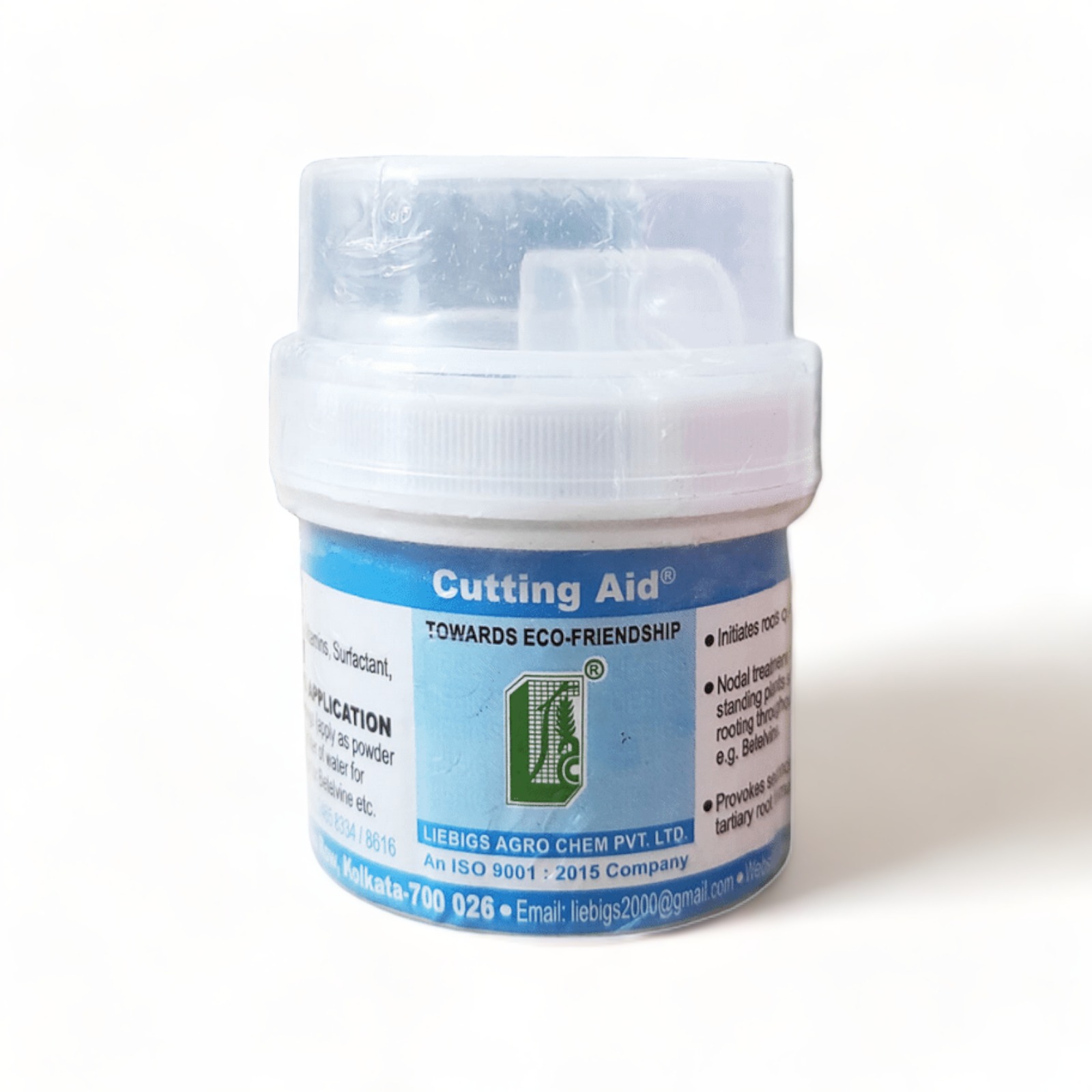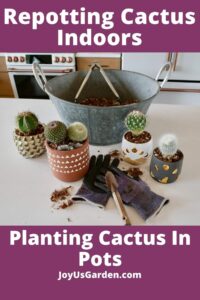Propagation is a delightful dance in the world of succulents—a delicate balletic performance where one plant pirouettes into many. This enchanting process can be significantly enhanced with the use of rooting hormones, substances that facilitate the production of roots on cuttings. In this intriguing journey of plant reproduction, rooting hormones emerge as trusty companions, guiding aspiring gardeners toward success.
The Essence of Rooting Hormone
Rooting hormones are organic or synthetic compounds that promote root growth in plant cuttings. They encapsulate a veritable elixir, akin to a magician’s brew, designed to inspire vitality and encourage new life. These mystical powders or gels typically contain auxins, a class of plant hormones that play a pivotal role in the development of root cells. When applied to succulent cuttings, rooting hormones can elevate the chances of successful propagation considerably.
It is essential to note that not all succulents require rooting hormones. Some species are naturally adept at rooting, much like agile dancers effortlessly executing complex movements. However, applying rooting hormone can provide a safety net, ensuring that even the more reticent varieties gain the confidence they need to take root.
Types of Rooting Hormones: An Overview
Rooting hormones come in three primary forms: powders, gels, and liquids. Each type possesses its own unique attributes, appealing to the diverse predilections of succulent enthusiasts.
Rooting powders are the most common form. These fine granules can be dusted onto the cut end of a succulent cutting with ease, allowing for optimal application. The powder adheres to the moist surface, creating a potent junction where the magic happens—roots begin to sprout in their own time.
Gels offer another dimension to the rooting experience. Their viscous texture allows for a more controlled application, minimizing the risk of excess product. Gels often cling to the cutting, providing an instant boost of encouragement as they establish contact with the plant tissue.
Lastly, liquid rooting hormones deliver a more diluted option, often best used in soak treatments. Cuttings can be placed in a solution, allowing them to absorb the rooting hormones directly. This method can be particularly useful for those handling large quantities of cuttings at once, as it streamlines the propagation process—akin to sending a whole troupe of dancers into the fray simultaneously.
Choosing the Right Rooting Hormone for Your Succulents
Not all succulents are created equal, and neither are rooting hormones. It is critical to choose a hormone specifically tailored for succulents. A balanced product that contains the right concentration of hormones, usually in the range of 0.1% to 0.8%, can yield the best results. Over-application can lead to toxicity, retarding growth rather than fostering it.
When selecting your rooting hormone, consider the specific needs of the succulent species you are working with. For instance, more tender and delicate varieties may require gentle encouragement, while hardier types may thrive even without assistance. Each plant tells a story, and understanding their particular quirks will ensure a more successful propagation journey.
Mastering the Art of Propagation
Once the right rooting hormone has been procured, the next step is to embark on the propagation journey. The act of cutting succulent leaves or stems is pivotal. These cuttings serve as the canvas upon which new life will be painted. Begin by selecting healthy, vibrant parent plants, ensuring they are free from pests and disease—much like selecting the best raw materials for a masterwork.
When ready to create your cuttings, utilize a sharp, sterilized knife or scissors. Clean cuts minimize damage and infection risk, promoting quicker healing and root establishment. After slicing, allow your cuttings to callus over for a few hours to a few days, depending on the succulent type. This process forms a protective barrier against rot, much like a dancer preparing for an upcoming performance, gathering strength and poise before taking the stage.
After the cuttings have had the chance to heal, it is time to dip them into the rooting hormone. For powders and gels, a light dusting or coating is sufficient; for liquids, a brief soak will do. Carefully place the prepared cuttings into a well-draining soil mix—preferably one designed for cacti and succulents, which boasts excellent drainage properties.
Creating an optimal environment is essential. A warm, humid environment is key to encouraging root growth while stimulating the growth process. A propagation box or a simple plastic bag can mimic greenhouse conditions, providing warmth and moisture. Ensure light levels are adequate but not direct or intense, as too much sun can scorch tender cuttings.
Caring for the Cuttings: A Nurturing Touch
As the cuttings take root, they require ongoing care. Keep the soil moist but never soggy, as succulents are incredibly susceptible to root rot. A light misting can help maintain humidity, creating a gentle, nurturing atmosphere where roots can flourish.
In time, roots will begin to establish themselves—those tiny threads that connect the ephemeral nature of cuttings to the solidity of the soil. The excitement of witnessing this transformation is unparalleled, akin to watching a seedling break through the soil after a long winter.
As the roots develop, patience is key. Eventually, new growth will emerge, signaling that the cuttings have embraced their new life. When ready, these new succulents can be transplanted into larger pots or incorporated into your garden landscape, adding to an already vibrant tapestry of greens.
Embracing new techniques, such as utilizing rooting hormones, can significantly enhance the art of succulent propagation. Each successful cutting, every flourishing plant, reminds us of the delicate balance between nature and nurture and the magic that can occur with just a little assistance. Whether you’re a seasoned gardener or just embarking on this botanical adventure, rooting hormones are valuable allies, enhancing the growth and vibrancy of your succulent companions.





Leave a Comment